Choosing Fabrics for the Sylvan Jacket
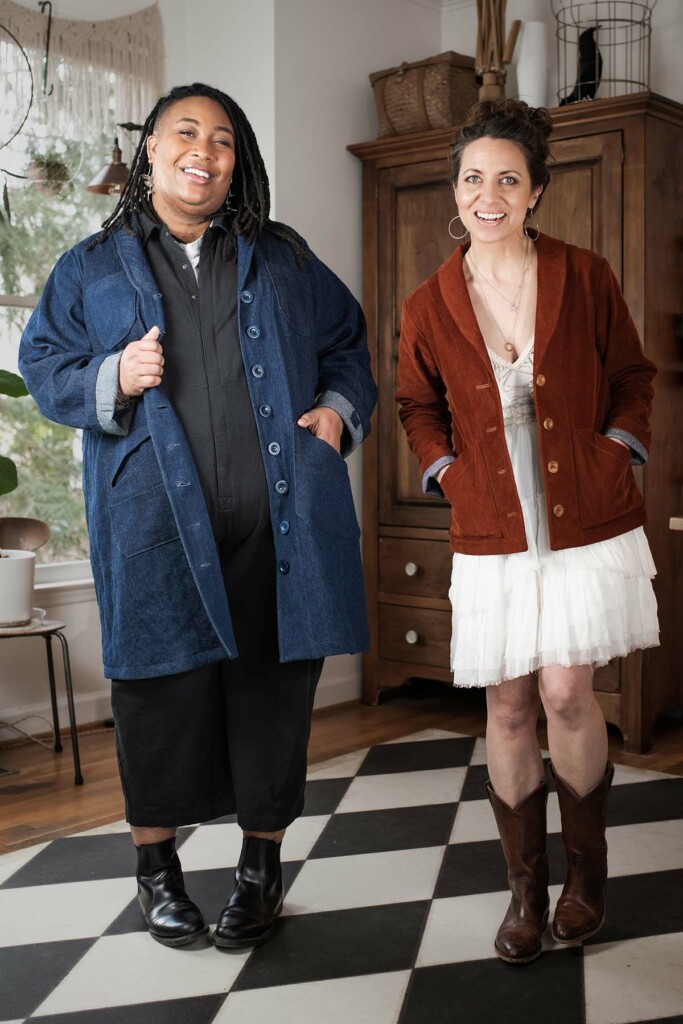
Are you ready to sew up your very own Sylvan? Have you decided on pockets? Have you chosen too many pockets? No such thing! But whichever pockets and length you choose, the fabric makes all the difference and affects the vibe and style of your finished Sylvan.
We recommend medium to heavy-weight woven fabrics, around 7-12oz. Some fun possibilities are canvas, corduroy, wool, denim, and flannel. You can also underline your Sylvan. We’ll discuss what that means more in just a bit. Our friends at EWE Fine Fibers have a collection of fabric and notions for the Sylvan Jacket. This is a great place to start.
Fabric for Sylvan
I used Big Sur Canvas for both of my Sylvan Jackets. This is a great 9.7oz canvas that is easy to sew and comes in a great variety of colors. I chose it because it is easily available at an affordable price point and because it is versatile for my climate in North Carolina.
This fabric also has great color-blocking potential, which you can see an example of in my cream version. Just by choosing different pockets in two colors, my two Sylvans out of the same fabric have completely different vibes, and will fill different holes in my closet. This is the beauty of the Sylvan Jacket!
If Sylvan is your first jacket I highly recommend this fabric. It is easy to sew if you have never worked with heavy fabrics, cuts cleanly and pins easily, and has so many colors you can find one to suit your palette.
Ashley’s Sylvan is made in a classic denim, which is a great choice for either length, providing the perfect combo of stability and drape. Some of our favorite denims are this 10oz denim, and this railroad stripe denim.
Meg’s short jacket is made from a fine wale cotton corduroy with a cotton/rayon blend for underlining.
Judith’s jackets are made in canvas and corduroy. The green canvas is a 10oz cotton that washed up really, really soft. She wears this one indoors, almost like a shirt/sweater layer, now that the chill has arrived where she lives. Judith made up the production samples in varying weights of canvas, and it really is a fabulous fabric for this jacket. Since it’s so cooperative to sew, and is cozy but not too grippy to layer with sweaters, it’s a team favorite. Judith’s long jacket is made with this gorgeous corduroy, and underlined with cotton. She says, “I almost never use quilting cotton, so this underlining was the perfect opportunity for me to inject some subtle but playful print into my winter wardrobe. The smooth quality of the cotton means that it slides over layers really well. I made sure to prewash and dry both fabrics twice just to be sure that they were finished shrinking before I cut out my jacket!”
We do not recommend fuzzy or quilted fabrics, for the jacket or underlining. However, Judith has a hack for using jacquard fabrics. There’s a detailed blog post about it here… but we encourage you to read it all the way through before rushing out to buy jacquard/a thinner quilted fabric. It was NOT a hack for the faint of heart!
Underlining
The underlining is optional but can add both warmth and a very professional finish to your Sylvan. We recommend lightweight fabrics, such as cotton lawn, rayon, quilting cotton, or even flannel. Keep in mind fabric with a nap like flannel with make it a little stickier to get over sleeves. While not a full bagged lining, like you might find in a winter coat, an underlining involves another layer of fabric on the inside and fully finished seams. It is a bit more work, and thus more of an advanced step, but don’t be afraid to give it a go!
How do you know when you should underline?
Beyond aesthetic reasons, underlining is a good idea if you are using a fabric like corduroy which will stick to clothes, or wool, which is a bit heftier. The smooth weave of a cotton lawn, a rayon, or a fine cotton batiste helps sleeves to slide on easily, even over a bulky sweater or fuzzy shirt.
You can also add an underlining to a denim or canvas jacket for additional warmth. A canvas jacket lined in flannel will take a Sylvan Jacket from fall to winter weather. Even a layer of cotton lawn will add a bit of warmth to your jacket.
Have fun with your Sylvan Jacket!
Enjoy the process of choosing fabric. Experiment with colors and textures to make Sylvan suit your style, whether you’re going to chic and cool, bohemian, rockabilly, or cottagecore.


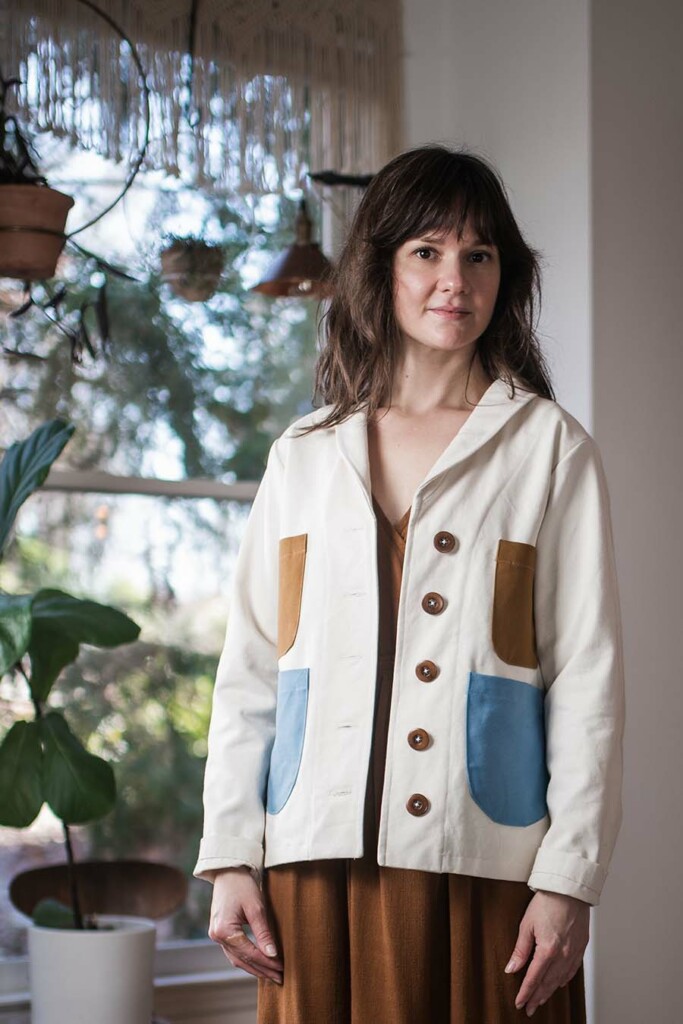
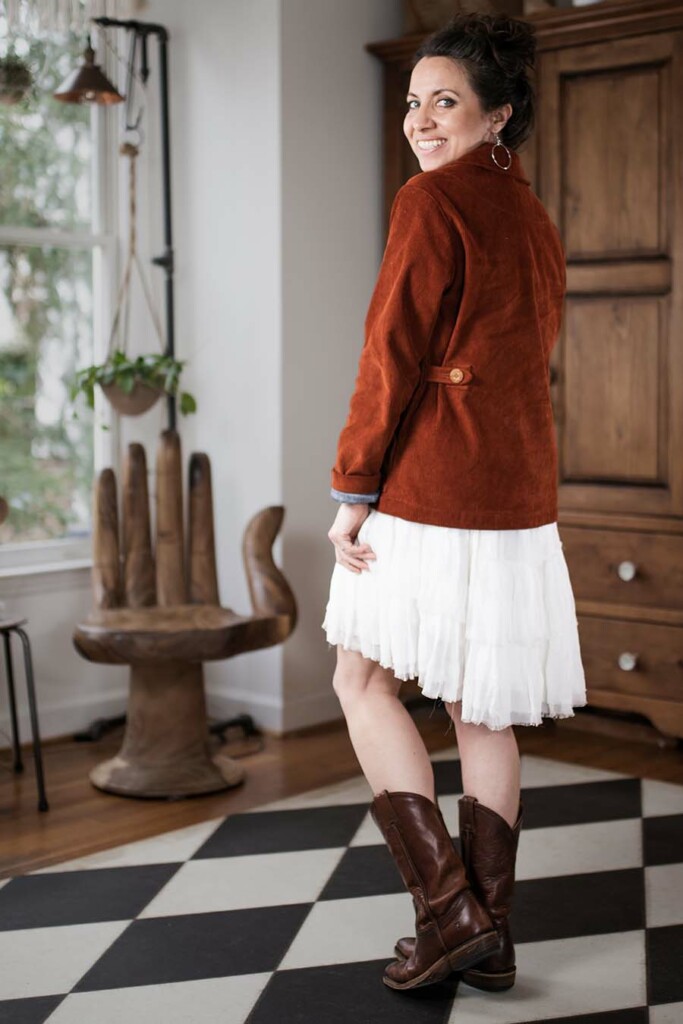
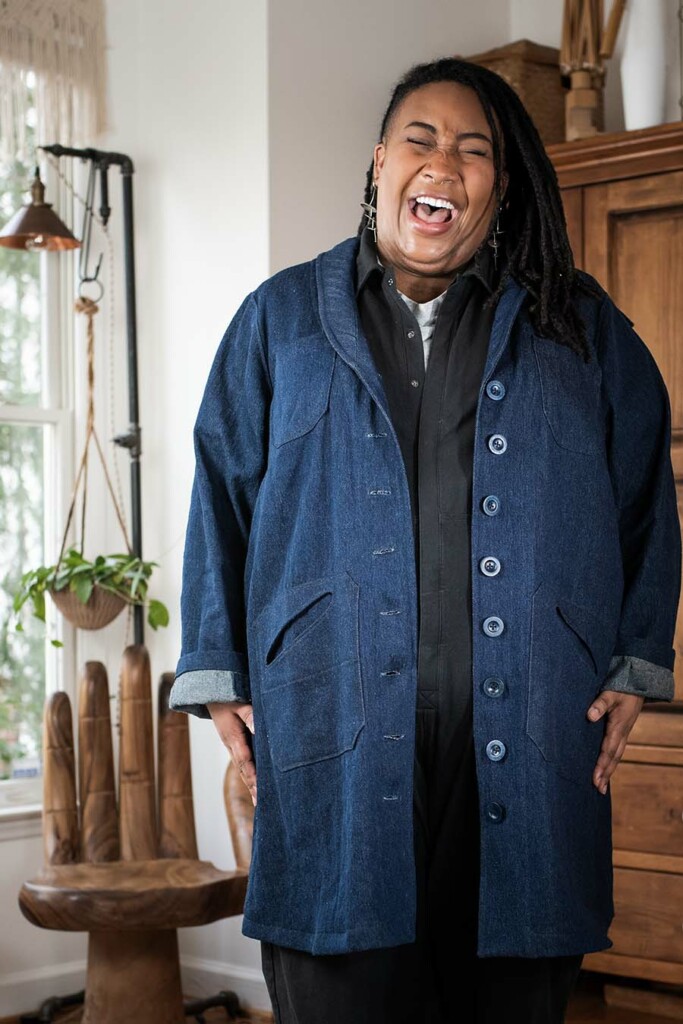
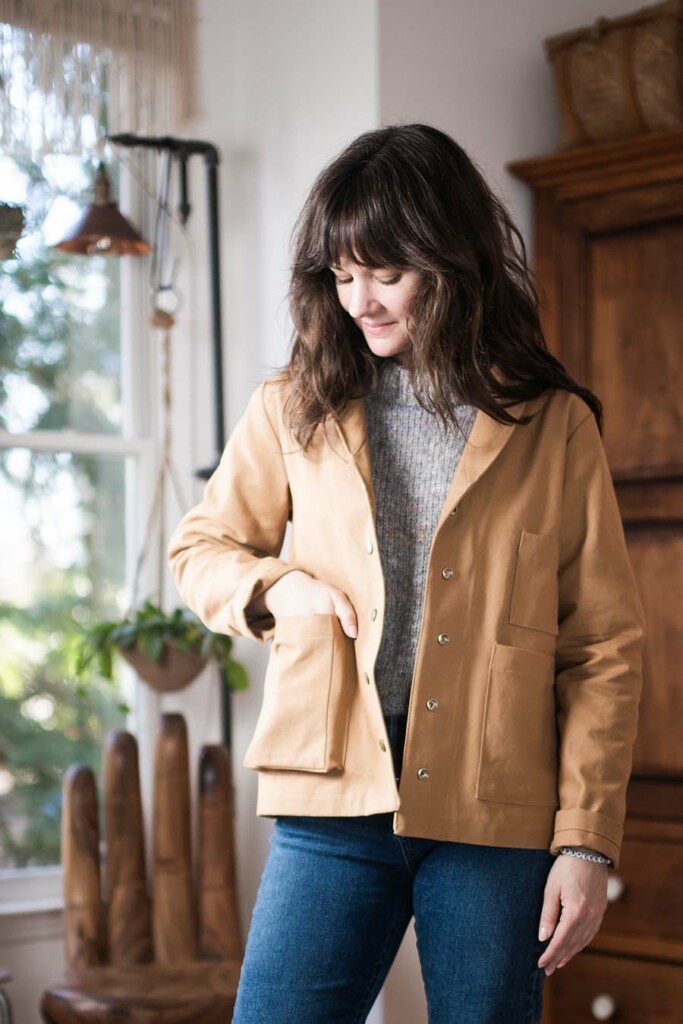
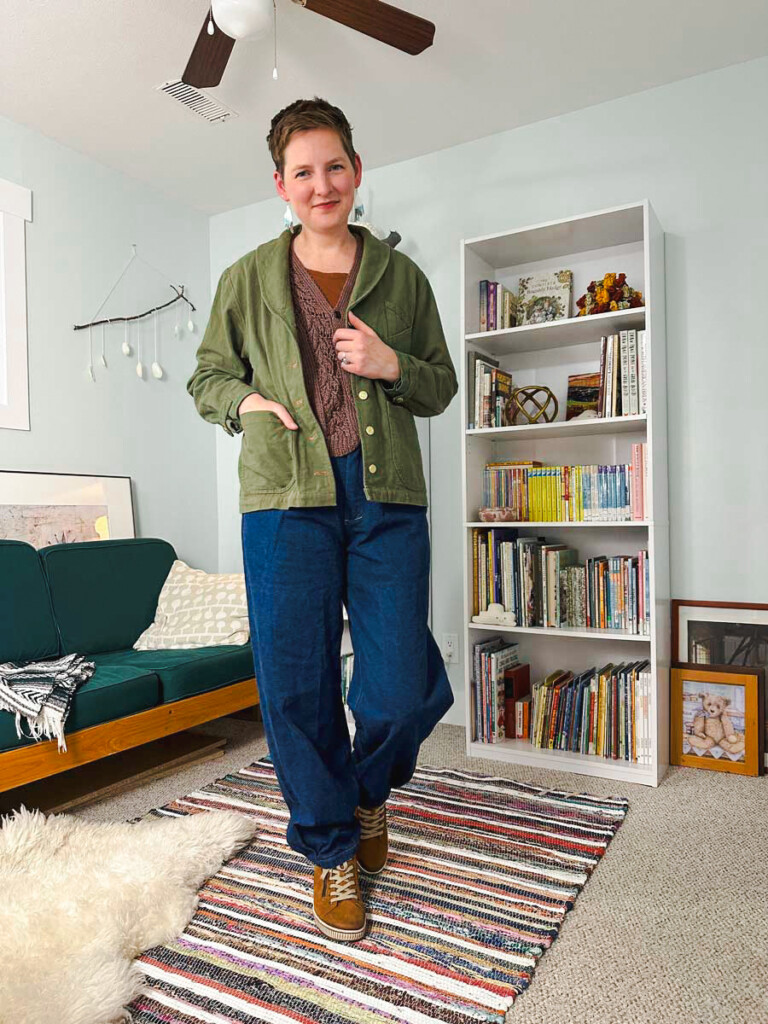
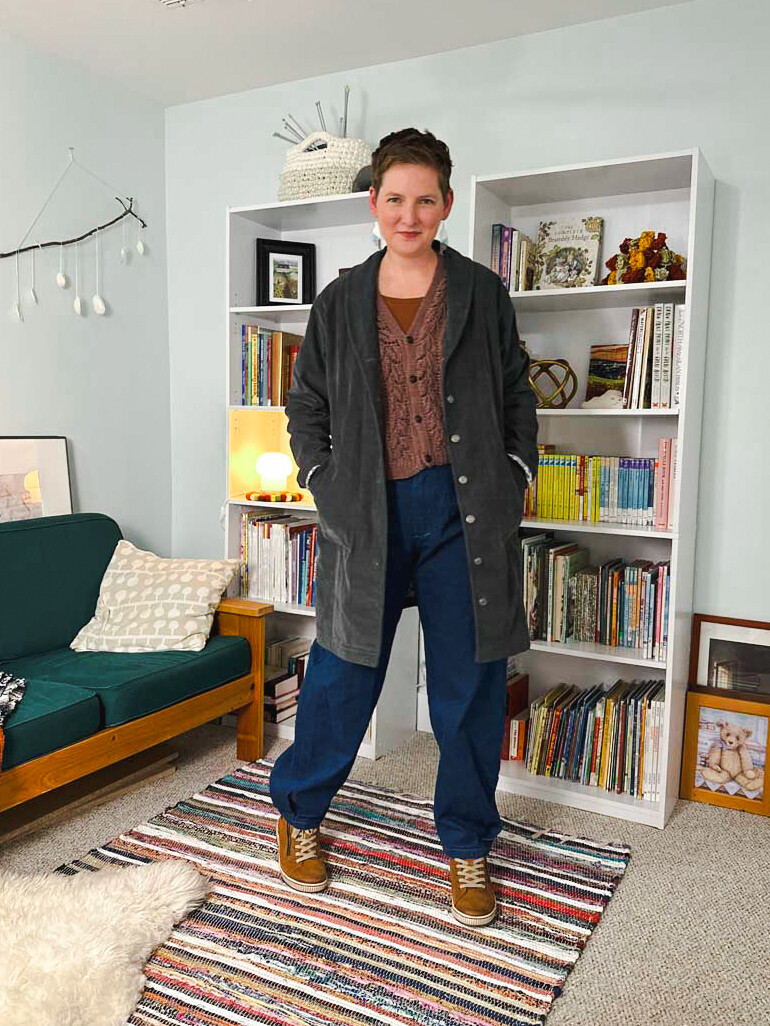
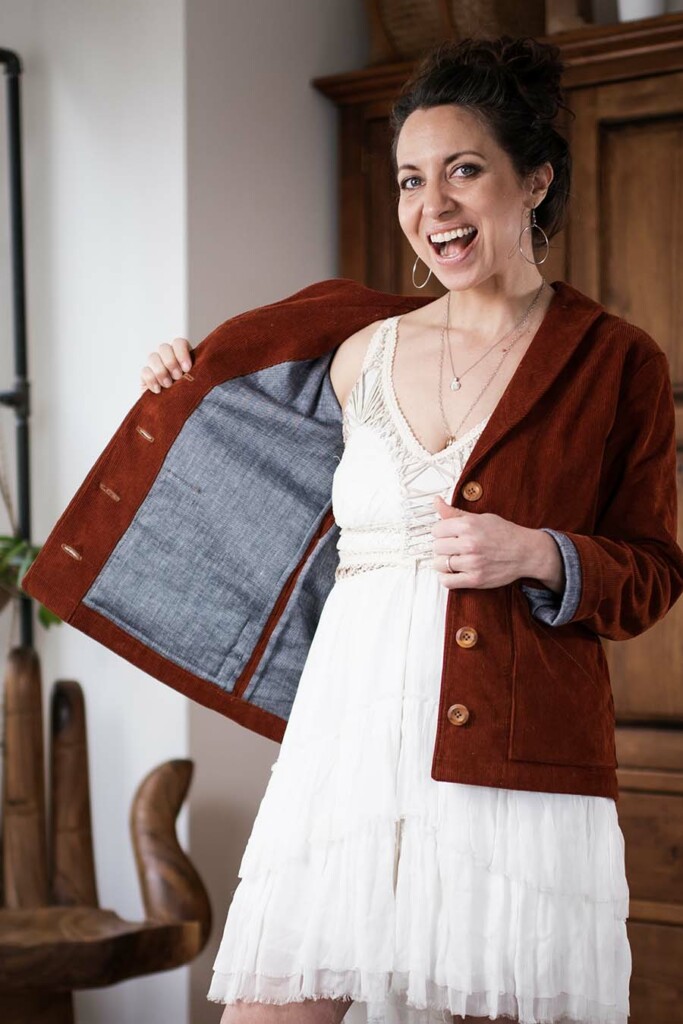
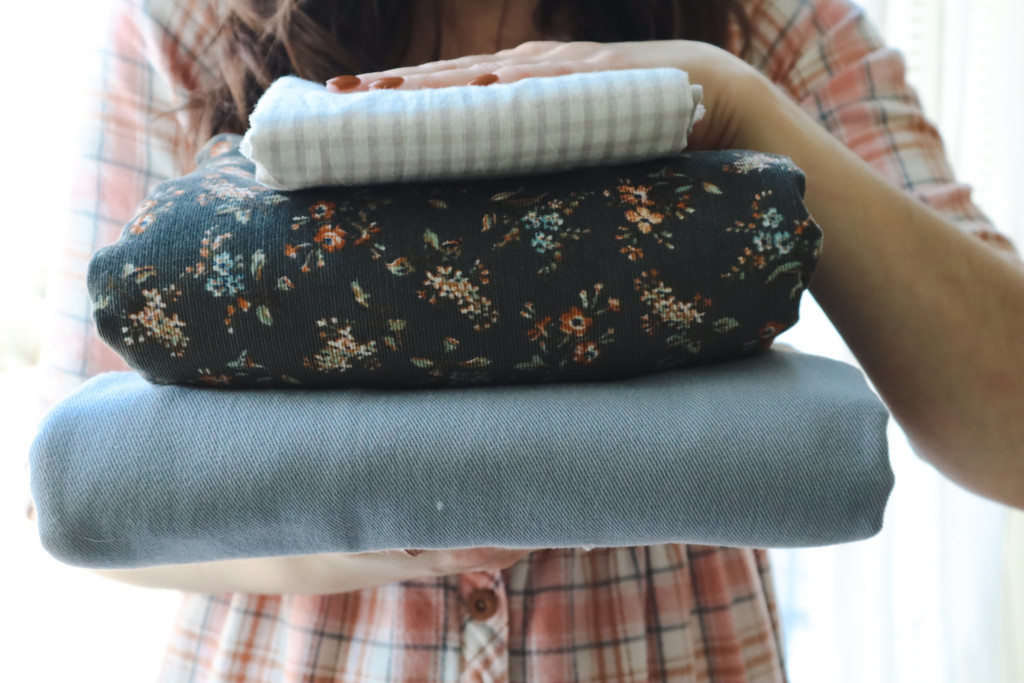
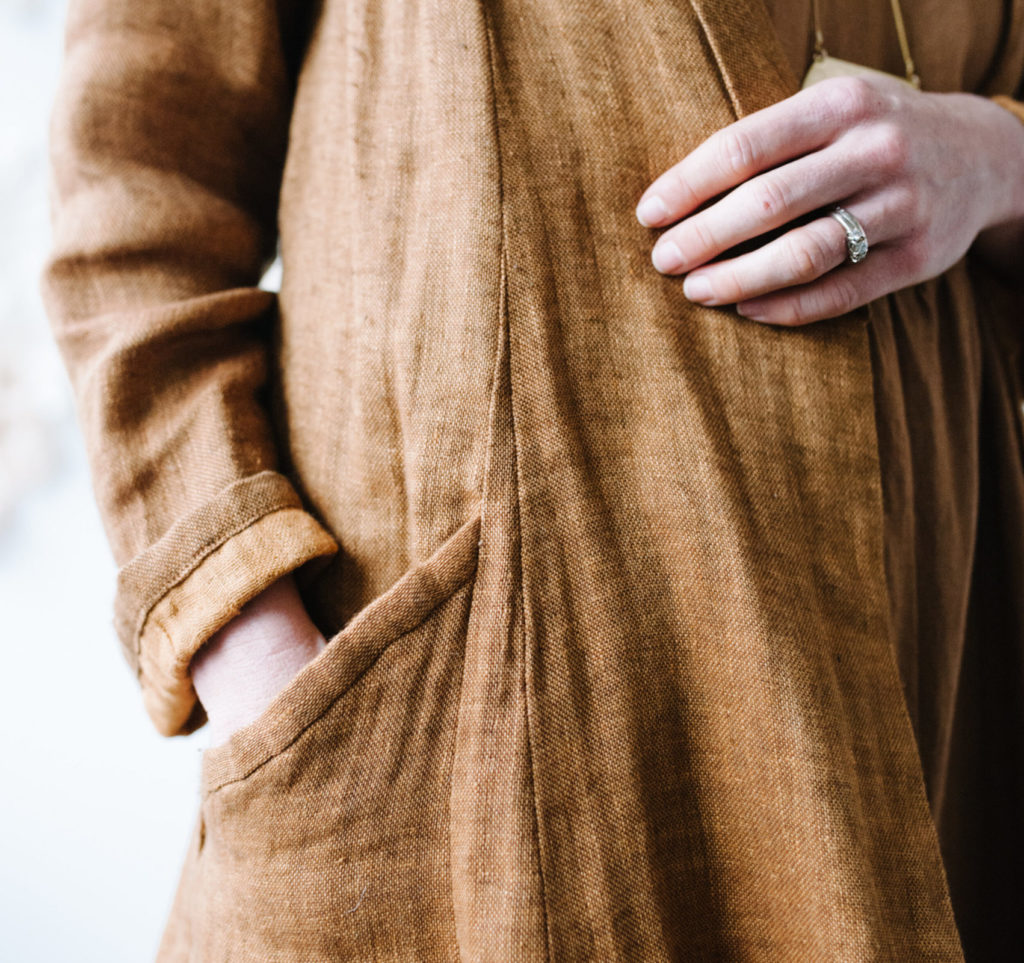
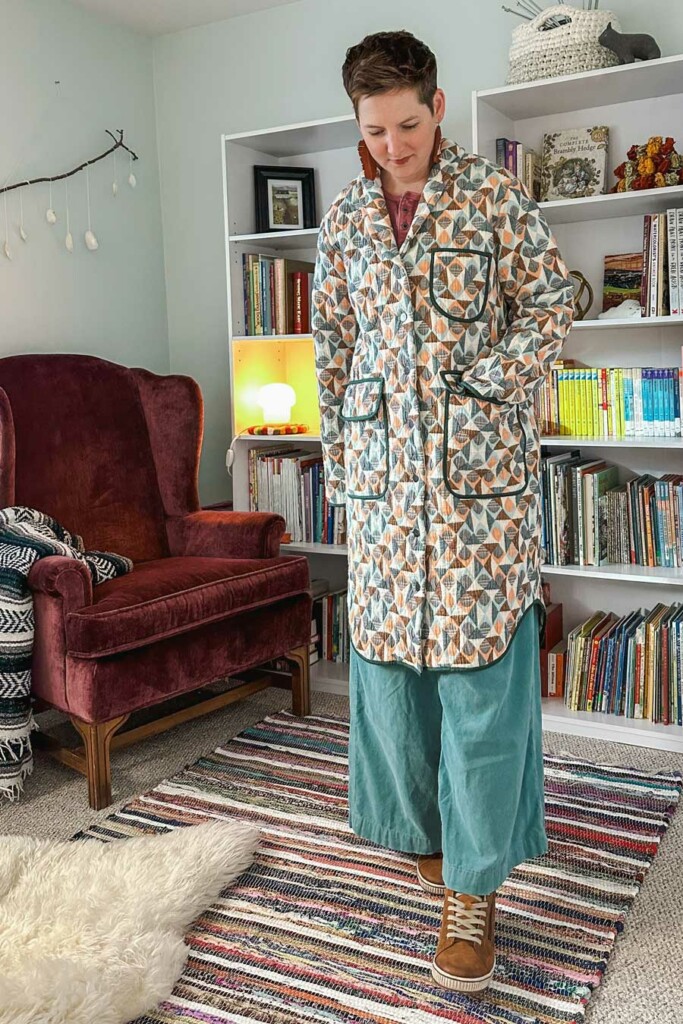
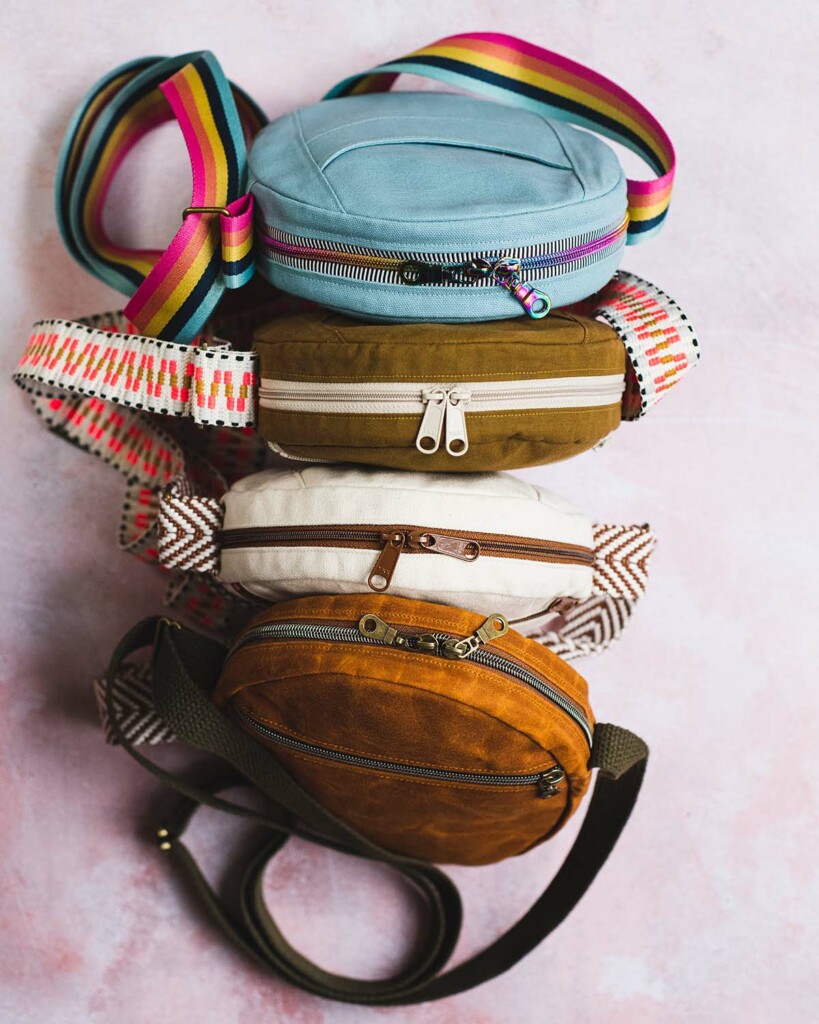
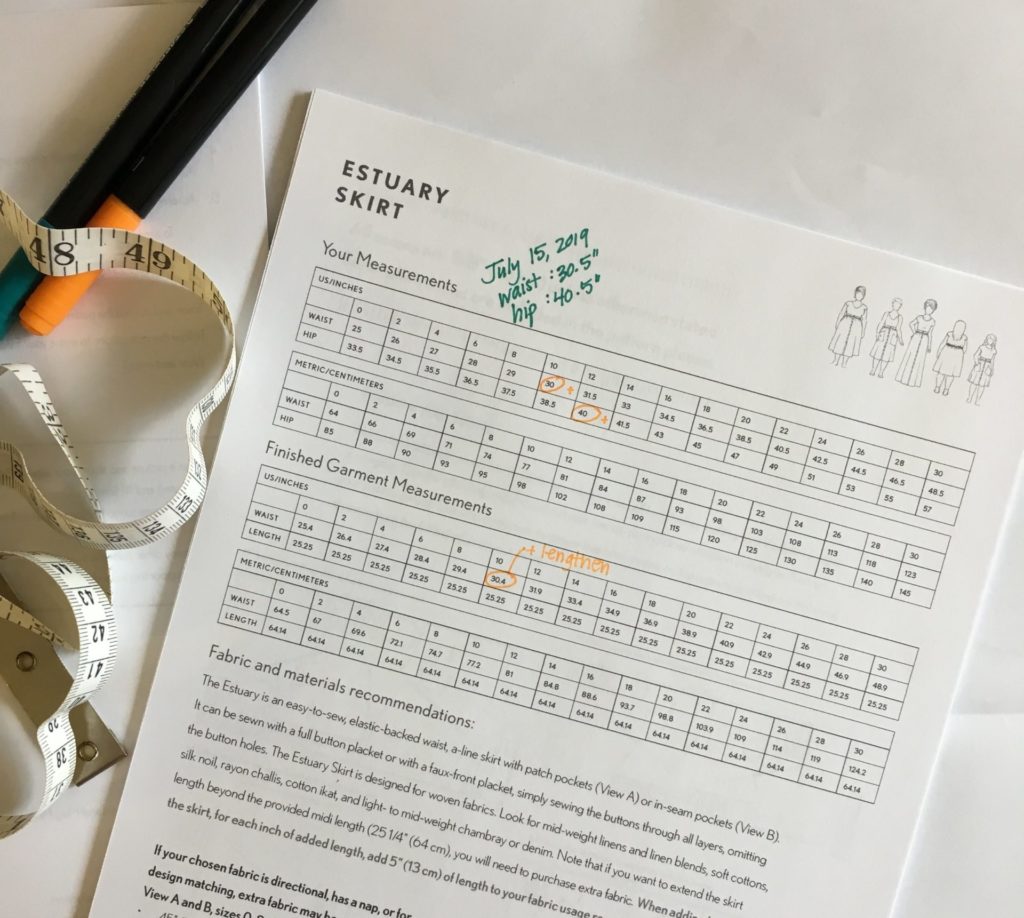
Responses